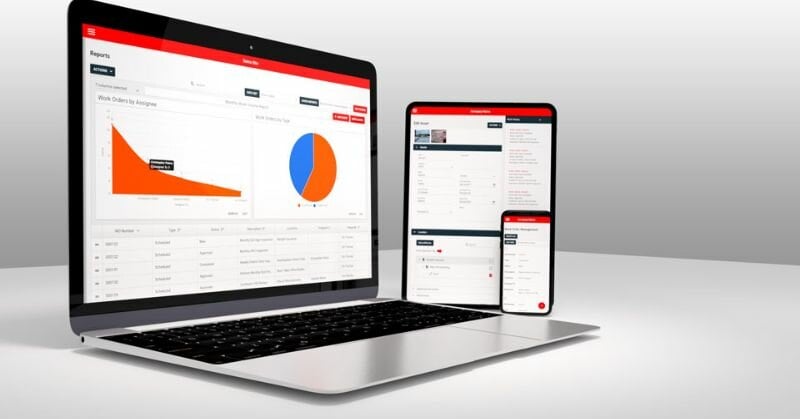As organizations increasingly turn to cloud solutions like Google Cloud Platform (GCP) to store and manage their data, it becomes imperative to adopt best practices for safeguarding sensitive information. Let's explore seven key strategies to fortify your GCP environment against potential risks:

1.Guarding Your Digital Fort: Identity and Access Management (IAM)
Think of IAM as the gatekeeper of your digital kingdom. By setting up roles and permissions with the principle of least privilege, you ensure that only authorized individuals can access your GCP resources. Regularly review and update these permissions to reflect changes within your organization.
2.Building Strong Defenses: Network Security
Just like you lock your doors at home, securing your network on GCP is essential. Configure your Virtual Private Cloud (VPC) networks wisely, and set up firewall rules to control traffic. With tools like Google Cloud Armor, you can defend against cyber threats and keep your applications safe from malicious attacks.
3.Locking Away Secrets: Data Encryption
Encrypting your data is like putting it in a vault with an unbreakable lock. Whether it's data at rest or in transit, use encryption to keep it safe from prying eyes. With Google Cloud KMS, you can manage your encryption keys securely and ensure that only authorized users can access your encrypted data.
4.Compliance is Key: Meeting Regulatory Requirements
Regulatory compliance can feel like navigating a maze, but on GCP, you have a guide. Leverage GCP's compliance certifications like SOC 2, ISO 27001, and HIPAA to ensure that your cloud infrastructure meets industry standards. Stay updated with the latest regulations and adapt your security practices accordingly.
5.Eyes on the Prize: Monitoring and Logging
Keep a watchful eye on your cloud environment with monitoring and logging tools. Set up alerts to notify you of any suspicious activity and analyze logs to identify security incidents promptly. By staying vigilant, you can detect and respond to threats before they escalate.
6.Preparing for the Unexpected: Incident Response and Disaster Recovery
No one likes surprises, especially when it comes to security breaches. Develop a robust incident response plan and regularly test it through tabletop exercises. Implement backup and disaster recovery strategies to ensure business continuity in case of unforeseen events.
In conclusion, securing your data and ensuring compliance on Google Cloud Platform is not just a responsibility—it's a necessity. By following these human-friendly best practices, you can navigate the complexities of cloud security with confidence and protect what matters most: your data.




